52 items, Page 3 of 6
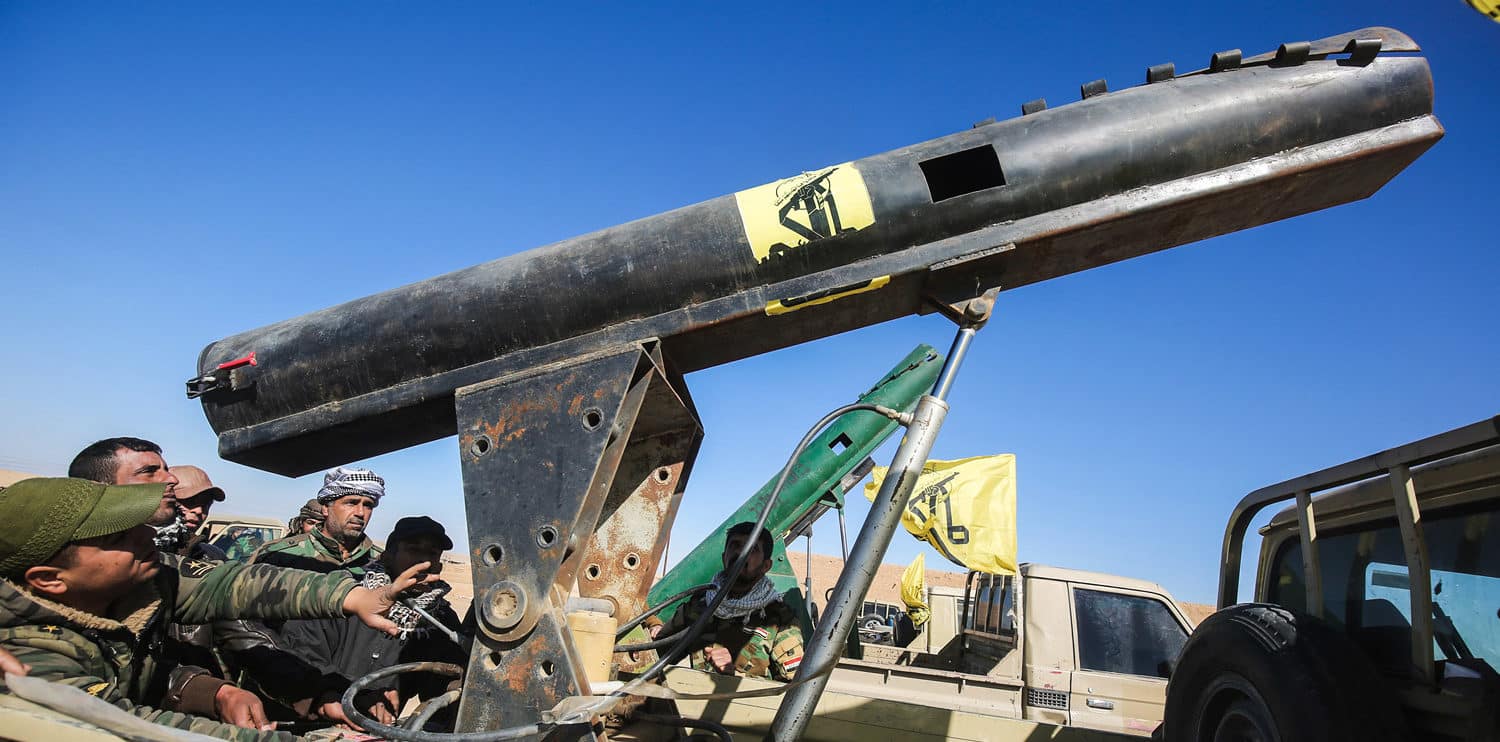
December 11, 2019
In discussions of Iran’s regional missile proliferation, Lebanese Hezbollah and Yemen’s Houthi rebels tend to dominate the conversation. This focus is for good reason: Hezbollah today possesses an estimated 130,000 rockets and short-range missiles, and the Houthis have fired over 250 projectiles into Saudi Arabia since 2015. Yet Iran’s strategy of arming proxies with rockets...
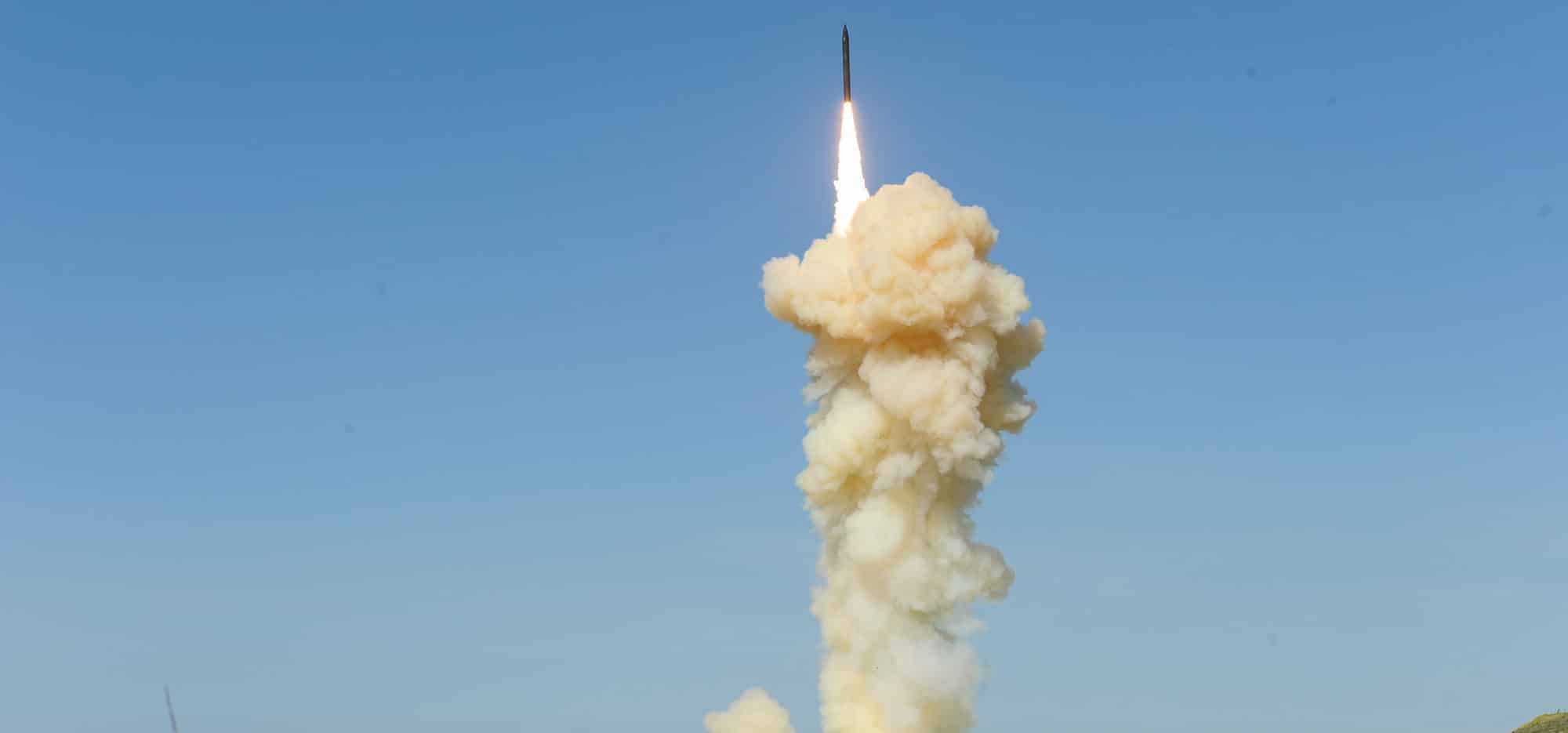
November 12, 2019
Recent Pentagon actions have produced considerable uncertainty in the future of homeland ballistic missile defense. In August 2019, Undersecretary of Defense for Research and Engineering Dr. Michael Griffin cancelled the Redesigned Kill Vehicle (RKV) program, a long-running effort to replace the kill vehicles on older Ground-Based Interceptors (GBI) designed to defend the nation from a long-range ballistic...

October 16, 2019
On October 1, the People’s Republic of China (PRC) celebrated the 70th anniversary of its founding. Among the pageantry was a military parade in which the People’s Liberation Army (PLA) performed a highly orchestrated show of strength, exhibiting many of its strategic weapon systems. While China has regularly held such displays in the past, this...

August 5, 2019
Tensions with Iran are once again increasing. The slow implosion of the nuclear accord, Iran’s harassment of cargo ships, and the downing of a U.S. unmanned aircraft have made plain the risk of conflict between Iran and the United States. The dispute should also draw attention to the questionable preparedness of the United States and...
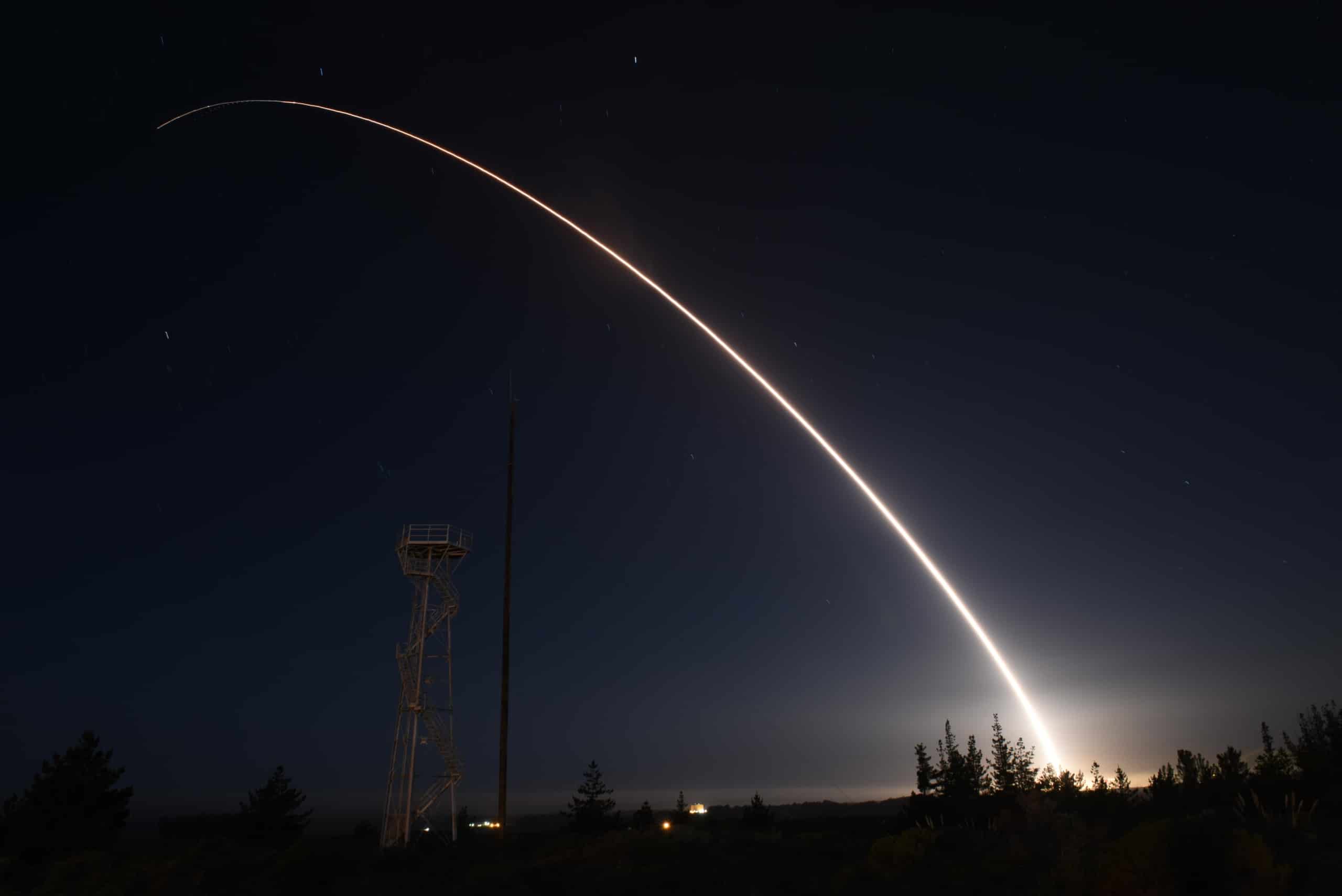
June 8, 2019
Like its three predecessors, the 2018 Nuclear Posture Review reaffirmed the need for the nuclear triad of bombers, submarine-launched ballistic missiles and intercontinental ballistic missiles. Now comes the hard part. With the authorization and appropriation cycle for fiscal 2020 now underway, the United States is moving closer to the coming bow wave of modernization efforts...

May 28, 2019
The 2018 National Defense Strategy calls renewed strategic competition with major powers the central challenge of our time. The 2019 Missile Defense Review (MDR) represents the Trump administration’s attempt to adapt US missile defense policy, posture, and programs to this challenge. Upon the document’s public release in January 2019, President Trump stated that it marked...
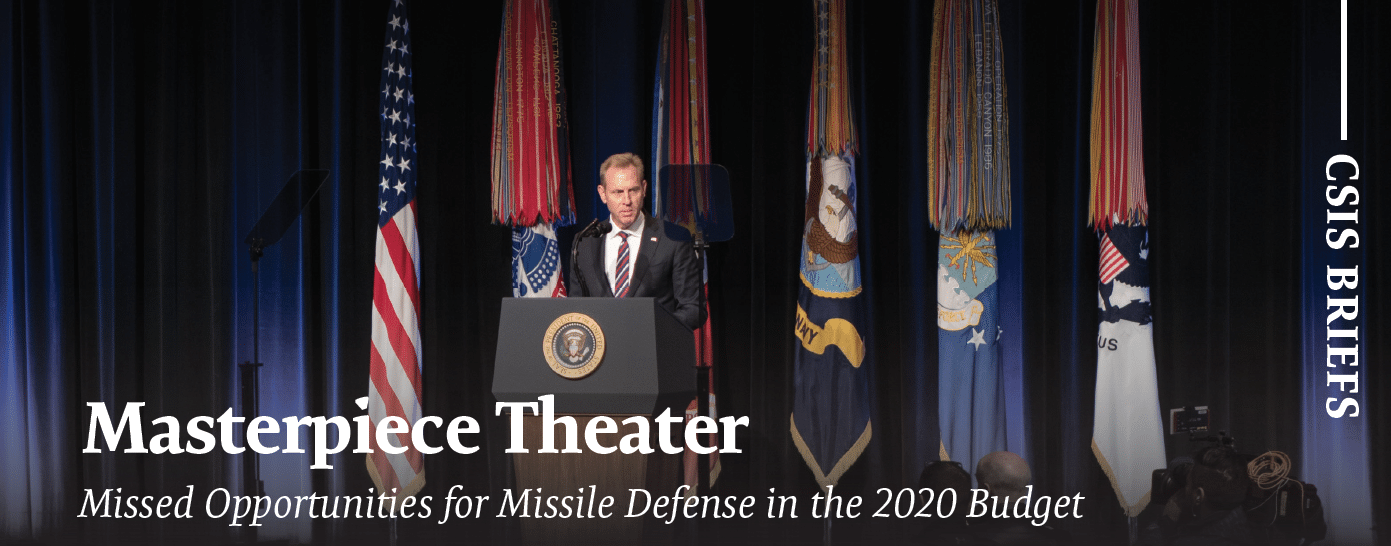
March 29, 2019
Just over a year ago, then-Deputy Secretary of Defense Patrick Shanahan announced that the 2020 defense budget would be the “masterpiece” that would finally align Pentagon spending with the new direction of the National Defense Strategy. The release of the new budget follows the January 2019 release of the Missile Defense Review, which laid out...

November 28, 2018
In missile defense circles, commentators frequently remark that that there are only so many islands or ships in the Pacific on which to put radars. Reading through recent missile defense budget requests, however, one is struck by the fact that the Pentagon seems to have doubled down on a strategy of building a chain of...
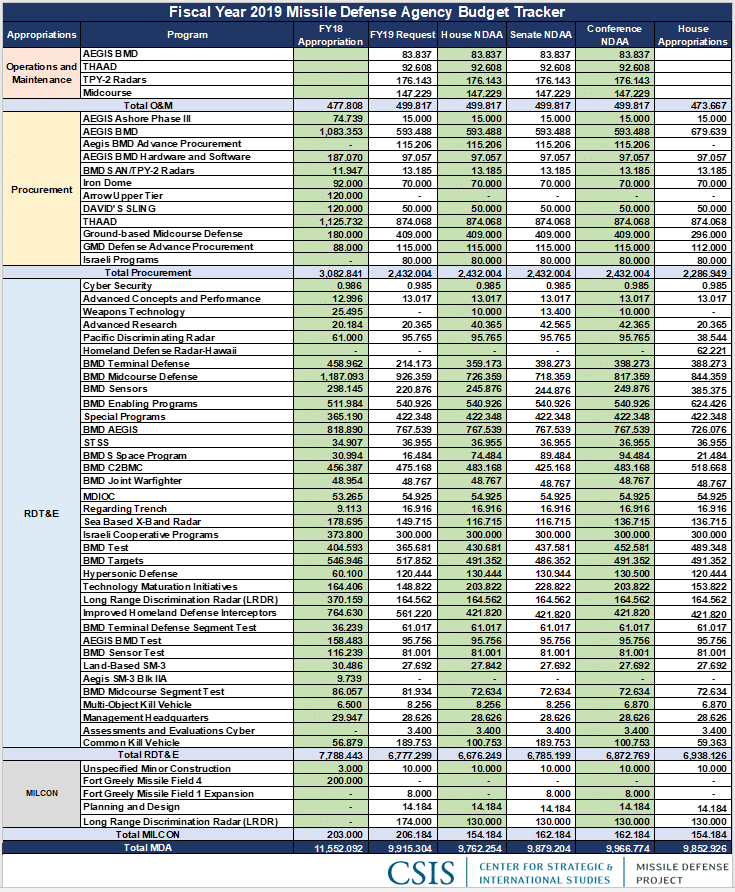
August 16, 2018
On August 1, Congress passed the FY 2019 National Defense Authorization Act (NDAA). The bill authorizes a total of $10 billion for the Missile Defense Agency, $51 million more than the Trump Administration request. The authorization includes relative reductions to programs that were forward financed in the final FY 2018 omnibus appropriations bill and supplements...
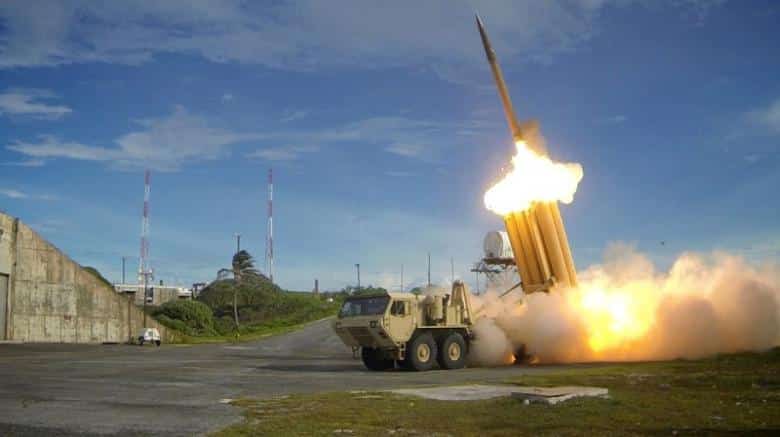
August 6, 2018
Rethinking the push for program transfer When the U.S. Missile Defense Agency was created in 2002, the expectation was that it would initially develop missile defense systems but then transfer responsibility for their procurement to the military services that would operate them. The process has not worked out quite as expected. Missile defense capabilities have...








